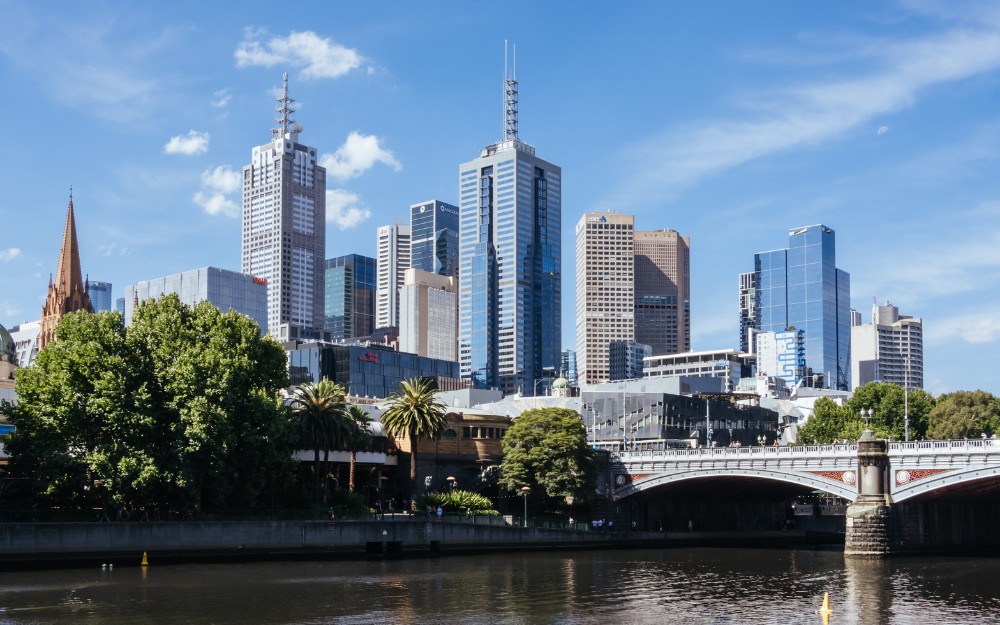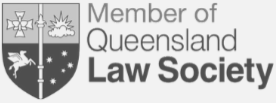Surrogacy Ethics Conference Australia: Key Insights from the Law Council’s First Donor & Surrogacy Ethics Event
Donor & Surrogacy Ethics Conference
Recently, I took part in the family law section of the Law Council of Australia’s first surrogacy and donor ethics conference, held in Melbourne.
I want to give a shout out to my Melbourne colleague, Sarah Jefford OAM who had the gumption in putting it all together and then roped in Margaret Casey KC, from New Zealand, Rebecca Kerner, the Chair of ANZICA (Australia’s infertility counsellors’ organisation) and Jason Walker, Chair of the Family Law Section.
It was a delight to take part and listen to colleagues talking about the latest developments with both surrogacy and sperm and egg donation and related fertility topics (including posthumous use) in both Australia and New Zealand.
I also raised a concern about the recent report by the United Nations Special Rapporteur on violence against women and girls who said that all surrogacy must be “eradicated”. Eradication of course is a different prospect to prohibition. Eradication is much as we talk about shooting, poisoning and otherwise getting rid of pests and vermin. It is a powerful verb to use but that is the one that the UN Special Rapporteur has used, with all the negative stories about surrogacy and none of the positive, including mine. See my previous blog post about the UN Special Rapporteur’s Report.
I highlighted that the difference between that taken by the UN Special Rapporteur and the International Federation of Fertility Societies which, in April, issued the Tokyo Declaration (see my blog post here), which indicated support for access by everyone who needs it to fertility treatment, including by those who engage in surrogacy (with appropriate safeguards as to how surrogacy is to be undertaken).
I was part of a panel that spoke about our wishes for the future. There were some concerning numbers that leapt out to me that in their nature, painted a picture.
The first was that in the year ended 30 June 2024, 361 children obtained Australian citizenship by descent after having been born overseas via surrogacy. What concerned me about that number was that, from figures I have obtained under Freedom of Information from the Department of Home Affairs, 376 children applied for Australian citizenship by descent after they were born via surrogacy overseas.
Clearly, 15 children had applied but not been granted Australian citizenship in the year ended 30 June 2024.
What concerned me is that some of those children may as a result have been rendered stateless.
Of course, that number might be because there might be an overlap, in that an application was made in a previous year and not determined or made in the year ended 30 June 2024 and then determined in the year ended 30 June 2025. It may have been that the applications were withdrawn.
However, what I have seen in the past (and was contained in my submission to the Australian Law Reform Commission’s surrogacy review) is that some children born overseas have been denied Australian citizenship because the intended parents underwent surrogacy in a place where they did not know the identity of the surrogate and as a result, the child was unable to obtain Australian citizenship. I had seen this particularly for Australian intended parents who had undertaken surrogacy in China. Surrogacy in China is lawful for intended parents, but it is not lawful for doctors in China to engage in surrogacy. Therefore, for Australian intended parents to engage in surrogacy in China, it is fraught with difficulty. This is aside from any criminality that might arise under Australian state and territory laws in undertaking surrogacy in China. Doctors typically do not introduce the intended parents to the surrogate. At best, the intended parents might meet the surrogate at birth or even for 10 minutes after the birth has happened.
Therefore, some children who have been born to Australian intended parents in China are never able to obtain Australian citizenship. There is no question that the child is the child of an Australian citizenship parent. DNA tests, with labs approved by the Australian Government, have been supplied to the Australian Government and satisfied the Government that the Australian man is the biological parent of the child. However, because the surrogate has been unable to be identified, the child has not obtained Australian citizenship.
Therefore, I worry that some of those 15 children fall into that category and have, in effect, been rendered Stateless as a result.
Sometimes, children have been rendered Stateless through international surrogacy. This has been seen in Colombia, for example, where foreign intended parents have obtained parentage of the child (and then removed the Colombian surrogate’s parentage of the child, in accordance with Colombian law). However, because the foreign intended parent is not recognised under foreign law (for example, in Ukraine) as a parent of that child, the child therefore has been rendered Stateless.
Colombia has fixed that problem by the Supreme Court in 2024 giving that child a Colombian passport, cognisant of the child’s fundamental human rights, reflected in the International Convention on the Rights of a Child. A Colombian colleague recently told me that courts there are insistent before making an order to remove the surrogate as a parent in knowing whether that step will render the child Stateless.
It seems that Australia has not taken that fundamental step yet and protected those children in that manner.
NEW ZEALAND
The other number that resonated was that of the number of children born via surrogacy to New Zealanders. It is roughly about 40 a year which is both domestic and international surrogacy:
Children born via surrogacy in New Zealand
| Year ending 30 June | Domestic surrogacy births | International surrogacy births | Total surrogacy births |
| 2021 | 22 | 19 | 41 |
| 2022 | 24 | 15 | 39 |
| 2023 | 18 | 18 | 36 |
| 2024 | 25 | 17 | 42 |
By contrast, the number of Australian children born via surrogacy, is much higher:
Estimate of number of Australian children born via surrogacy
| Type of surrogacy | Number of births |
| Domestic gestational births – source: Australia and New Zealand Assisted Reproductive Database (2023) | 84 |
| Estimated traditional surrogacy births in Australia – source: Narelle Dickinson – 10% of all surrogacy births | 8 |
| International surrogacy births – source: Department of Home Affairs, year ended 30 June 2025 | 377 |
| Total | 469 |
When you then take into account that Australia has a population of 27 million, but New Zealand has a population of 5 million, then on a per capita basis, the number of surrogacy births happening for Australian intended parents is double that for New Zealand.
The possible explanations for that are:
- New Zealand has a large Maori and Polynesian population. Auckland, after all, is the largest Polynesian city on the planet. Traditional adoption is common for Maori and Polynesian people.
- Further, Australia is much more generous in taxpayer’s subsidies through Medicare for IVF, than happens in New Zealand. IVF is much easier to access for Australians than for New Zealanders. As surrogacy is a costly process, this makes surrogacy more available (although there are issues with Medicare availability with surrogacy).
- Australians are also financially better off than New Zealanders. In the last year, for example, 50,000 New Zealanders left New Zealand, primarily it seems, because of the state of the economy there, and many of them moved to Australia (and many of those ended up in my neck of the woods in South East Queensland, particularly the Sunshine Coast and Logan City).
- And finally, there is much less marketing of information sessions about surrogacy in New Zealand than in Australia.
I suspect it may be a combination of all of these things, but nevertheless, the contrast is stark – that Australians are undertaking surrogacy at double the rate of their cousins across the ditch.
I would love to see some university research on this to explain why there is such a stark contrast.












